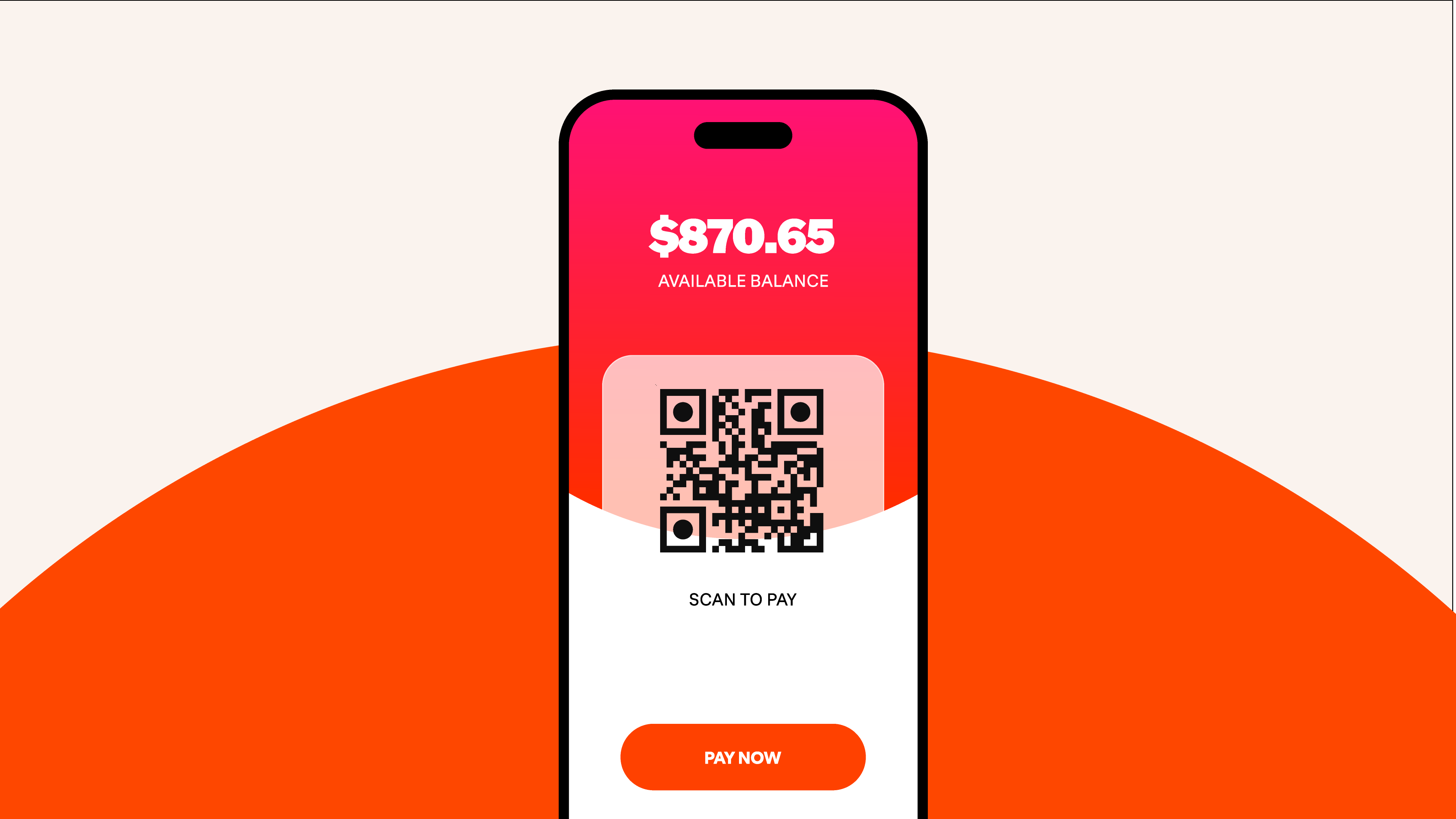.png)
The sheer volume of transactions in sectors like digital subscriptions, streaming services, and online gaming has created a perfect storm of high transaction velocity, low purchase friction, and increased opportunities for disputes. Add in the growth in first-party fraud (where legitimate users dispute valid charges), and the picture only becomes messier.
Faced with this chaotic ecosystem, understanding and preventing chargebacks have become essential countermeasures for merchants committed to achieving sustainable growth. They have little other choice. Chargebacks aren’t just a frustrating hurdle to overcome; they’re becoming a core threat to digital revenue streams. Moreover, with the explosion of digital commerce, mobile subscriptions, and low-friction checkout flows, chargebacks are surging.
More than a drain on revenue, they damage the customer experience, invite scrutiny from payment processors, and create fertile ground for fraudsters to operate freely.
What is a chargeback?
A chargeback is a forced payment reversal initiated by a payment provider (card scheme, bank, or local issuer), often seen in card-based systems but also possible through specific local payment methods (LPMs).
The process typically bypasses the merchant, and once approved, funds are withdrawn and returned to the customer, usually with additional fees attached. While less common in many LPMs due to stronger upfront authentication, chargebacks can still occur depending on the provider and region.
Chargebacks were initially designed as a consumer protection tool, but they’ve become susceptible to exploitation. According to various estimates, chargeback rates in ecommerce can range from 0.60% to 1.80% depending on the industry. Digital goods and services experience some of the highest rates due to the ease of dispute and potential for fraud.
Chargeback vs refund. What’s the difference?
While both result in the customer getting their money back, refunds and chargebacks couldn’t be more different in their impact on the merchant.
A refund is voluntary, initiated by the merchant, and generally cost-controlled. A chargeback, on the other hand, is involuntary, punitive, and can trigger considerable downstream effects.
Refunds offer an opportunity to retain customer trust and shape the experience, often turning a negative moment into brand loyalty.
Chargebacks are a signal of broken trust and can escalate to full merchant reviews or increased reserve requirements.
Chargebacks also incur additional fees, operational disruptions, and a potential increase in fraud flags. High chargeback rates can even harm a merchant's reputation and, in some cases, affect payment acceptance privileges, particularly with traditional card networks. LPMs, while more resistant, are not immune, and providers may still take action based on dispute volume or suspected fraud.
In traditional card environments, the actual cost of a chargeback can reach up to 2.5x the original transaction value when administrative time, fees, and lost revenue are factored in. While LPMs often reduce chargebacks due to faster authentication and fewer disputes, poor implementation can still carry operational costs.
How long does a dispute take?
Dispute resolution timelines vary depending on the payment method and regional rules. Card-based chargebacks, for instance, can take 30–90 days or longer. During that time, funds are often held in limbo, impacting cash flow and eroding customer trust.
In contrast, LPMs tend to experience fewer chargebacks due to stronger authentication and region-specific compliance frameworks.
8 proven ways to prevent chargebacks
Let’s be clear, no system can eliminate chargebacks entirely. But with the right stack, design, and payment mix, merchants can drastically reduce their exposure.
Here are eight proven ways you can prevent chargeback overload:
1. Offer local payment methods
Unlike traditional card payments, LPMs, such as mobile wallets, and real-time account-to-account (A2A) schemes, introduce stronger customer authentication at the point of sale. Typically requiring explicit user approval, these systems are tied to local trust markers and can significantly lower chargeback rates.
They also act as a natural deterrent to first-party fraud, where customers dispute charges for services they’ve intentionally used.
2. Use payment methods with built-in multi-factor authentication
Multi-factor authentication (MFA) is a critical fraud-prevention layer that requires multiple verification steps (such as SMS codes, biometrics, or two-step wallet approval), allowing merchants to cut down accidental purchases and bad actors. LPMs are more likely to support robust MFA than traditional card rails.
3. Deliver transparent checkout and post-purchase communication
Unrecognized charges are a top driver of chargebacks. Ensure payment descriptors clearly reflect your business name, product, or service. Post-purchase confirmations (via SMS, email, or in-app) reinforce legitimacy and provide users with an immediate way to question transactions without escalating the issue.
4. Monitor fraud signals
Merchants should watch for red flags, such as multiple refund requests, mismatched device information, or the use of proxy networks.
First-party fraud is harder to detect but also becoming increasingly common, and should be treated and detected differently from the third-party fraud mentioned above.
5. Prioritize mobile UX for authorization clarity
Mobile-native UX matters. Confusing CTAs or unclear payment steps can lead to accidental purchases and disputes. Streamlined mobile interfaces, especially in apps or via mobile-first wallets, reduce ambiguity and support better user intent tracking.
6. Offer easy refunds before escalation occurs
Offering a straightforward, hassle-free refund path provides customers with a legitimate route to resolution before they need to open a dispute.
Refunds are always less expensive than chargebacks, and they don’t damage your reputation with PSPs.
7. Use regionally recognized payment brands
Consumers trust what they know. LPMs that are well known within a country or market segment carry built-in credibility. That familiarity breeds trust, and trusted systems generate fewer disputes.
8. Work with payment partners that aid in the monitoring and resolution process
Your payment partner should do more than process transactions. Look for a partner that chooses to work with issuers who support dispute resolution, provide fraud signals, and offer hands-on support. Boku not only facilitates secure transactions via LPMs but also helps merchants with monitoring and reporting.
Chargebacks aren’t going anywhere
But their impact can be managed. By rethinking your payment stack, introducing local payment methods with enhanced security protocols, and collaborating with partners like Boku, you can reduce chargeback rates and protect your revenue by delivering smoother shopping experiences for your users.
Whether it’s leveraging fraud-resistant local payments, tightening mobile UX, or issuing pre-emptive refunds, your chargeback strategy needs to be proactive. Winning in 2026 will depend on how well you build trust into every part of the transaction journey, from checkout to post-purchase engagement.
With digital commerce evolving at pace, it’s not about avoiding risk entirely; it’s about being prepared. And right now, readiness starts with smarter payments. Boku’s strength lies in its ability to offer merchants access to secure local payments, as well as insights to mitigate risk.
From direct carrier billing to wallet-based authentication and fraud analytics, Boku solutions are built to help you in this moment.
Popular articles
No items found.
Popular articles
No items found.


.jpg)

.png)










